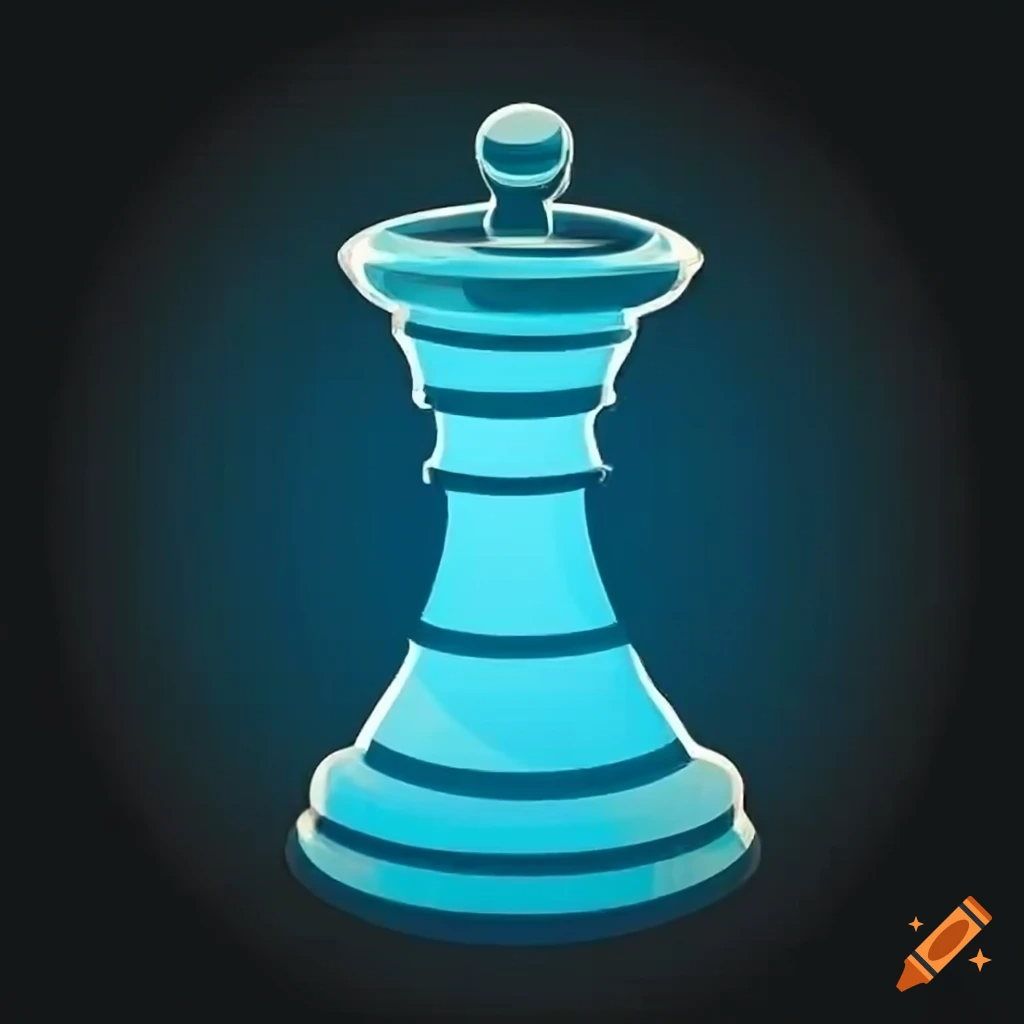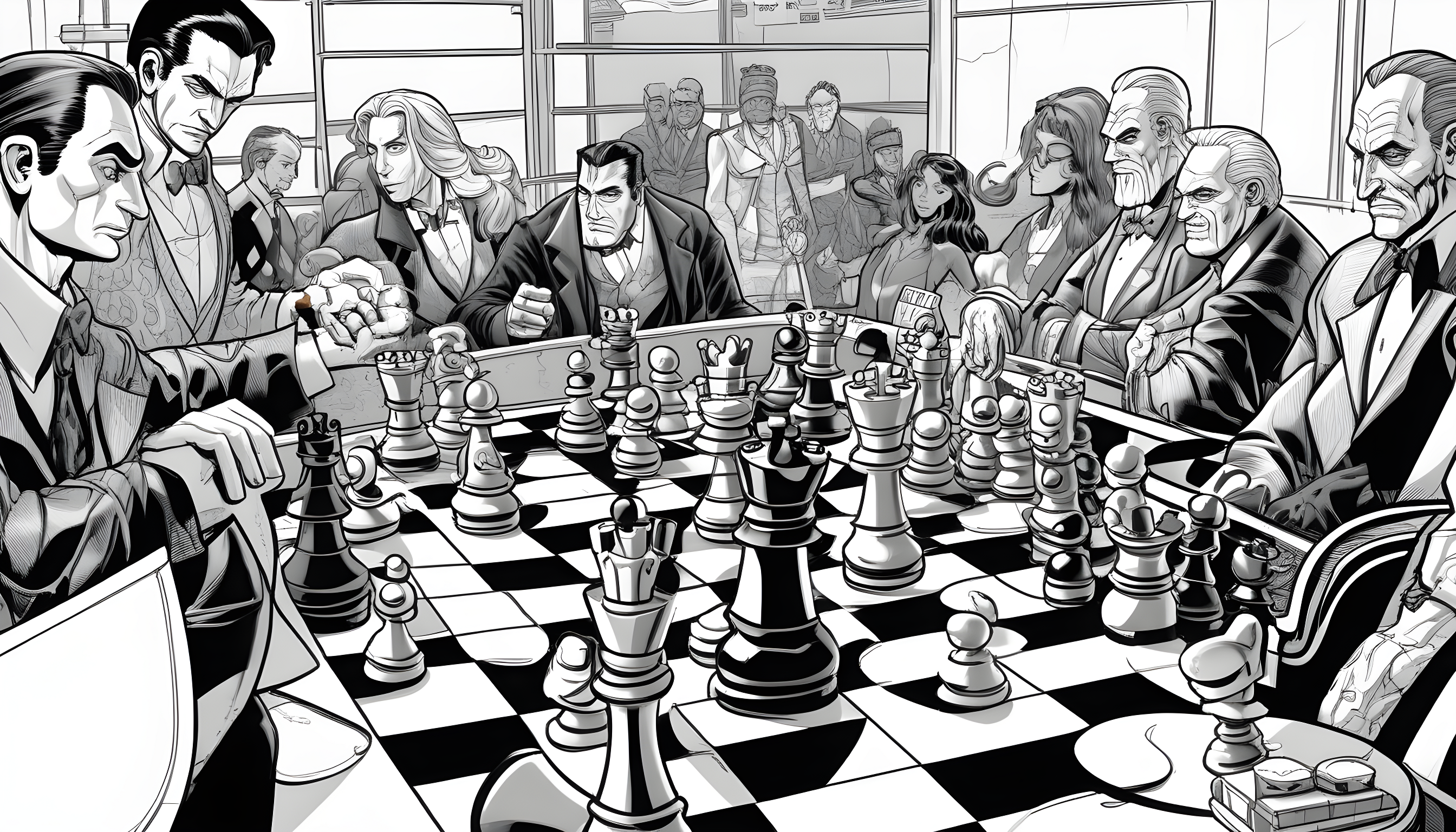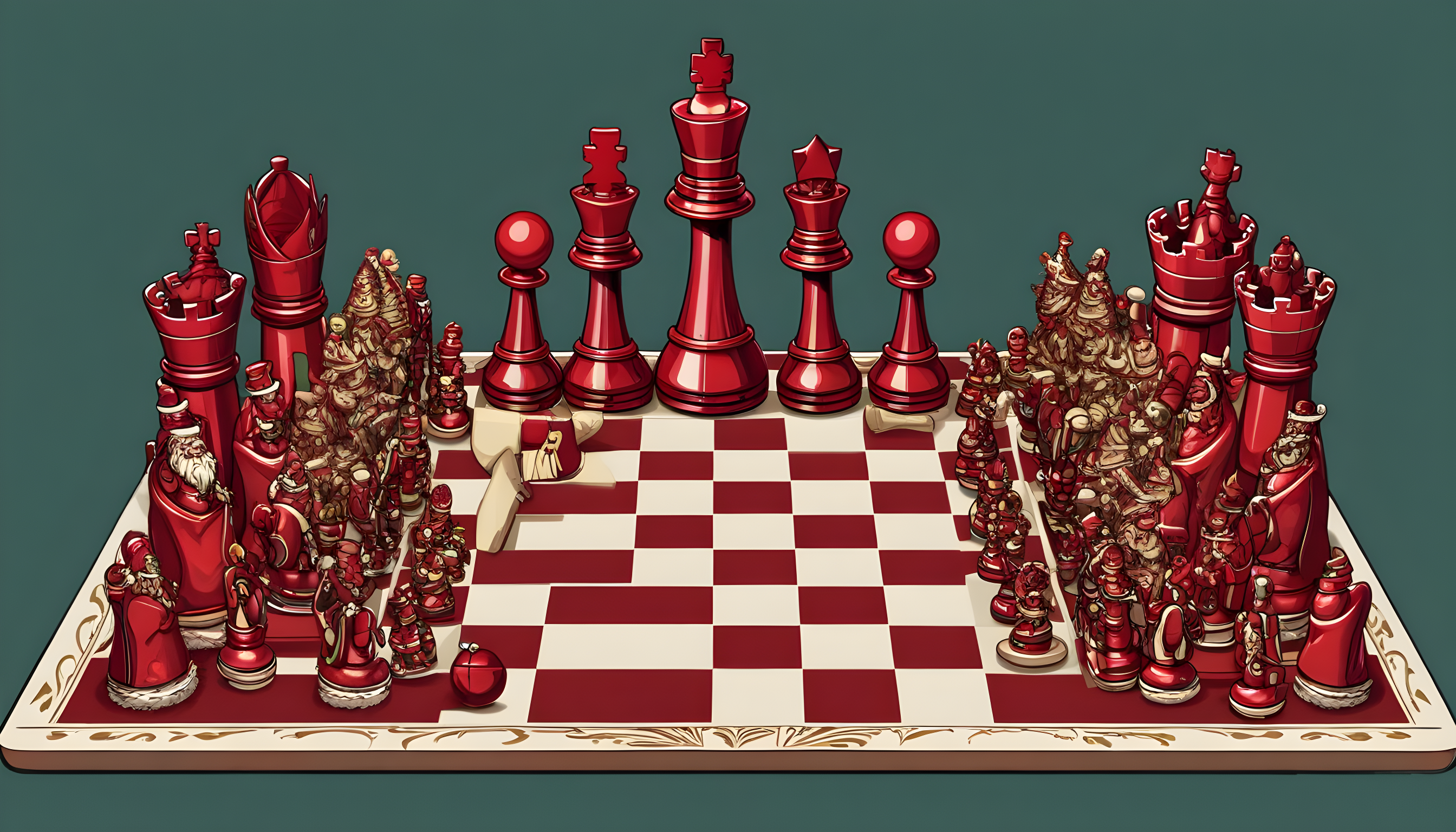Chess bots are computer programs that simulate chess moves. They analyze the game with a speed and depth that is impossible for humans, considering millions of future possibilities within seconds.
They can be used to train beginners and play chess with them. However, they can make mistakes that human players would never make.
Artificial Intelligence
In the intricate dance of pawns and knights, rooks, and bishops, lies a silent competitor whose moves are born from binary code and algorithmic calculations: AI chess bots. These technological marvels are more than opponents; they are a testament to the power of Artificial Intelligence (AI) and a glimpse into its transformative potential.
Chess bots leverage sophisticated algorithms and vast databases to evaluate complex board positions in a fraction of the time it takes humans to do so. Cutting-edge processors and high-performance computing platforms allow them to calculate millions of possibilities per second, ensuring that even the most complicated scenarios receive due consideration.
The newest chess bots rely on machine learning and reinforcement learning, an approach that allows them to learn strategies through trial and error. These systems, such as DeepMind’s MuZero, use deep neural networks to explore different strategies and adjust their algorithms based on wins, losses, and draws. As they play more games against themselves, they improve their performance over time. This is a key principle of artificial intelligence and one that will have far-reaching implications in other areas of human endeavor.
Minimax
Minimax is an algorithm that minimizes potential loss for a player in a game of zero-sum. It can be used to find the best move for both players in a position, but is most commonly used in two-player games such as chess. It works by examining each possible board state and simulating each move. It then stores the results of each simulation and chooses the one with the highest value. This method is used by most successful chess-playing programs.
Its disadvantage is that it can take a long time to find good moves. This problem can be overcome by using various methods of pruning, such as alpha-beta pruning. These techniques can significantly reduce the search space and speed up the algorithm.
It also assumes that the opponent is a rational player. In practice, this isn’t always the case. You’ll often see mid-level bots making stupid blunders that a human would never make, like not recapturing a piece after a capture. This makes it very difficult to mate them. This is why most people don’t play chess against robots.
Opening books
Unlike humans, which have the ability to ponder a position at length and think deeply, chess bots are often programmed to evaluate positions quickly. To do this, they use opening books, which are databases of all the possible moves in a certain position. These are used to eliminate the need for a computer program to calculate the best move on its own, which would take too long.
Typically, opening books are created by checking how many times a particular move has been played in a database of games (analyzing the results and counting how often it won/lost/drew). This method is sometimes called a “hash book”. In more sophisticated forms, these databases are created in binary form to make them easier for engines to read and work with.
Alternatively, some opening books are created manually by human designers. For example, if a chess engine struggles to find good moves in a specific position, an expert might spend days analyzing the positions and add it to his or her opening book. This makes the engine better in that position, which can help it win more games.
Search algorithms
Many chess bots are designed for a specific variant of chess, but some can be adapted to analyze positions from other board games. They can also be used to create new strategies and openings for the game. However, some people believe that relying too heavily on bots diminishes the human element of chess.
Search algorithms are the main component of chess engines. They provide a restricted selection of good moves and an evaluation function to choose the best move. There are several types of search algorithms, but the most common are Monte Carlo tree searches and alpha-beta pruning.
Using selective search heuristics can help a chess bot save time by not searching moves that are already known to be bad. These heuristics can also be useful to investigate interesting nodes that the engine would not otherwise look at. These heuristics must be used carefully, however, to avoid wasting too much time on uninteresting nodes or missing out on good moves. One example of a selective search heuristic is the “quiescence” move, which a chess program will consider when it is about to make a bad move.
Mistakes
As anyone who has played chess against a bot knows, they sometimes make dumb moves. This is not on purpose, but simply because a computer playing chess cannot compute every possible perfect move. They also don’t have the same intuition as humans, so they may miss tactics or set traps.
There are different types of chess bots, ranging from simple random-move programs to sophisticated engines that can rival grandmaster-level playing strength. The simplest bots follow predefined rules and heuristics, while more advanced ones use search algorithms and positional evaluation functions to explore the possibilities and choose the best move.
If you have trouble getting your chess bot to work, try to minimize the program during play and turn off all the animations on your browser. This will improve performance. If you’re still having problems, try changing the screen resolution. 1366×768 and 1440×900 are ideal, but even 1920×1080 will work. Smaller screens are more responsive and will make the chess bot run faster. Also, try lowering the click and recognition delays in the settings. It should help.




